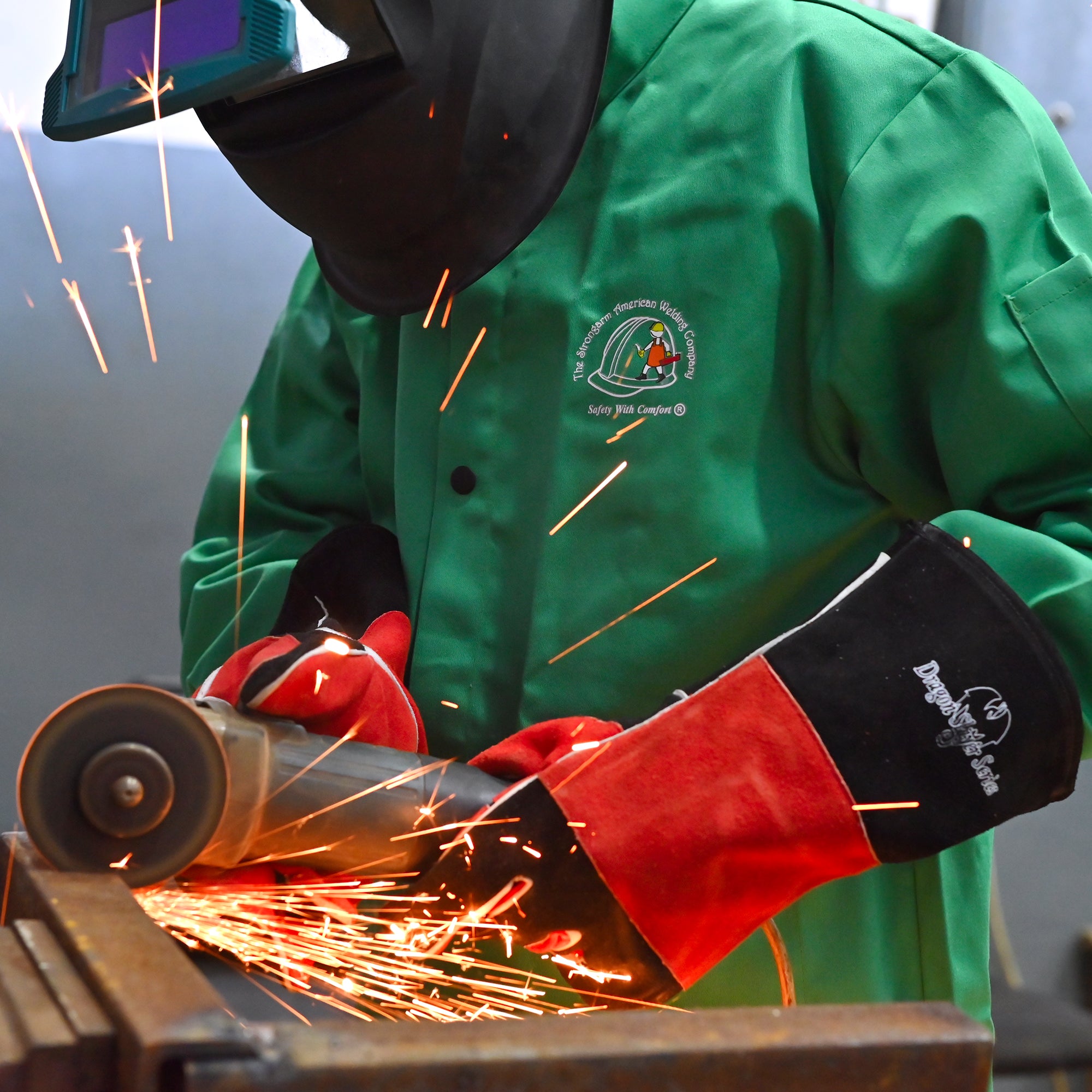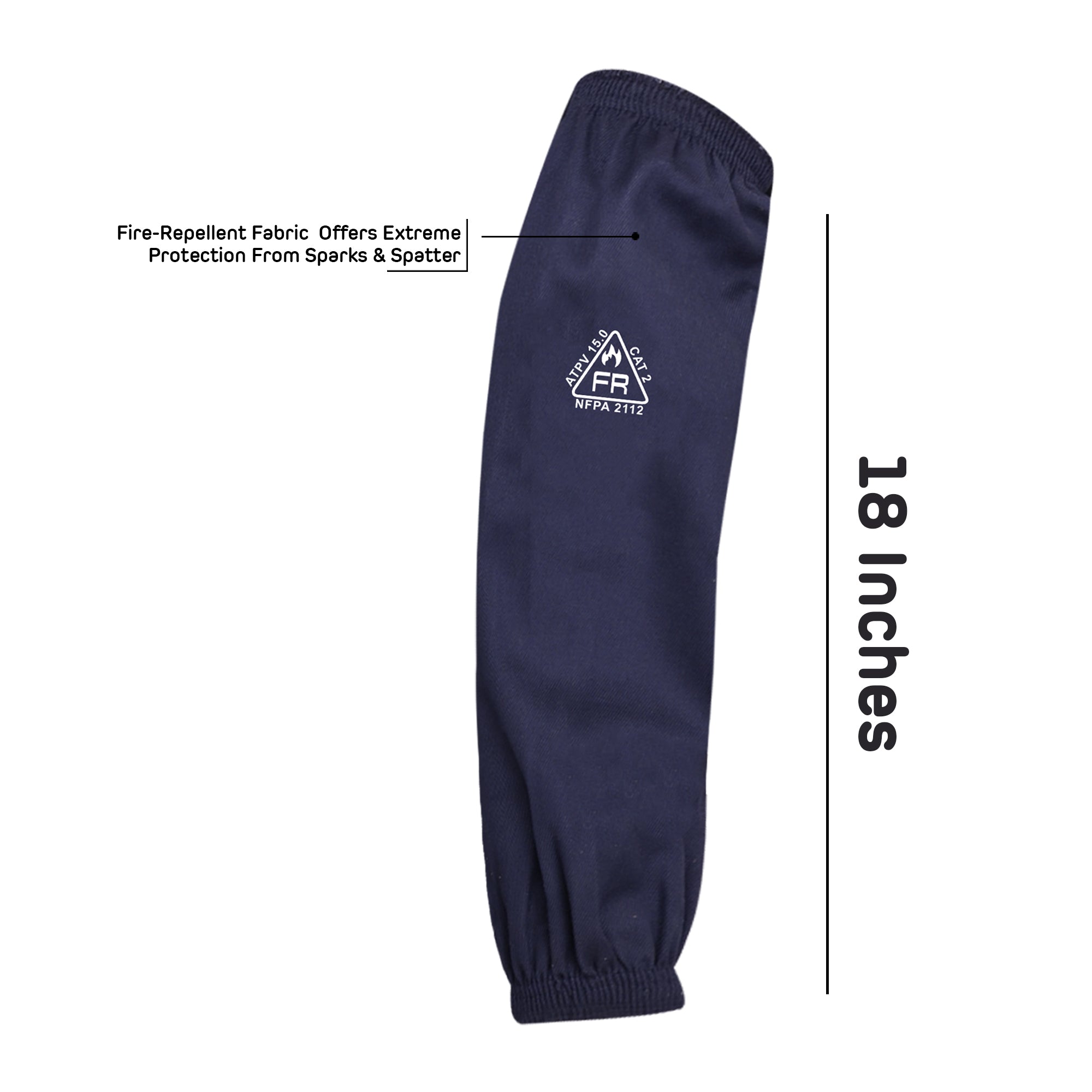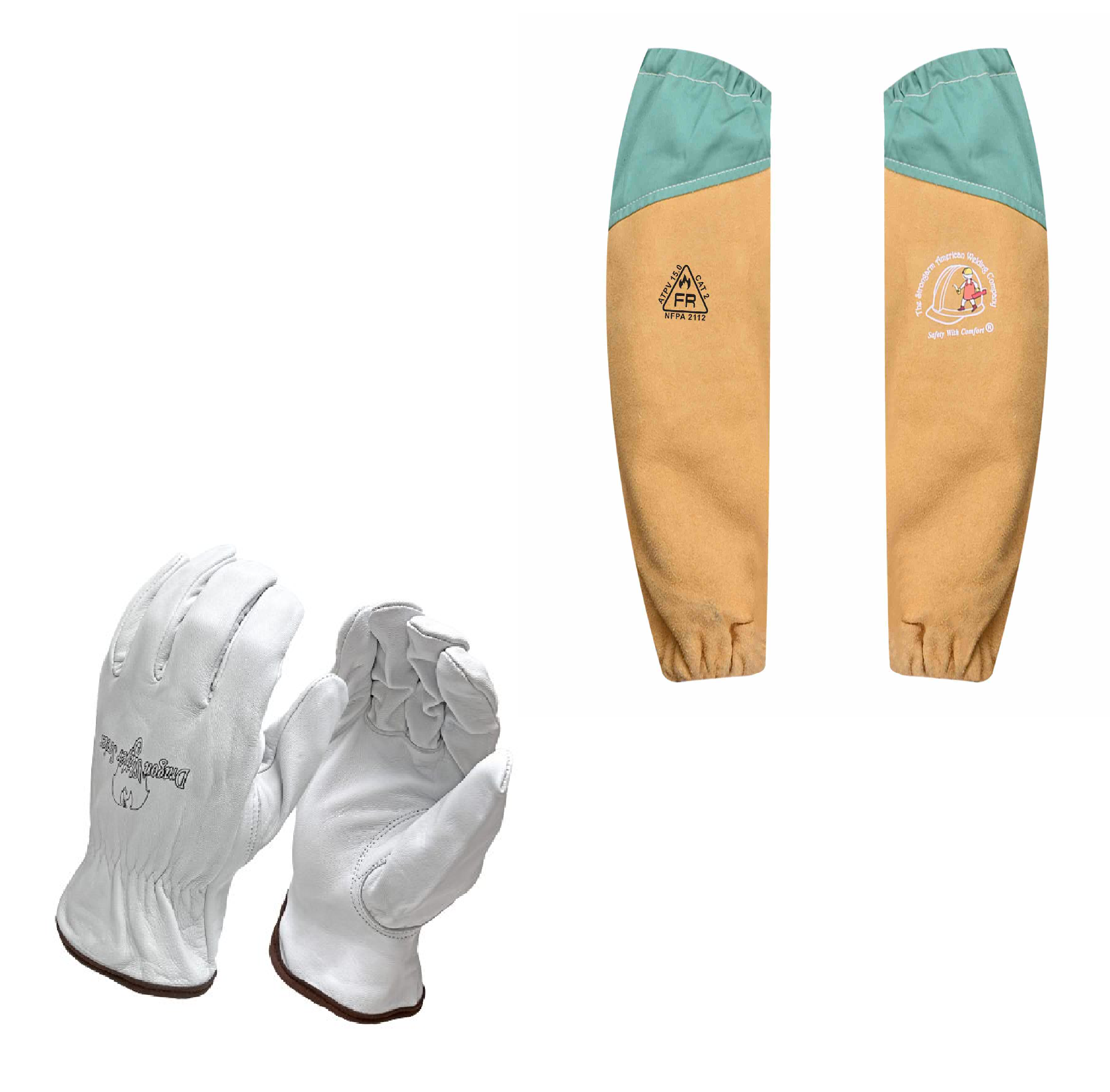Welding is a demanding and potentially hazardous activity that requires proper protective gear. Among the essential protective equipment for welders are welding sleeves. These sleeves provide critical protection for the arms, shielding them from sparks, spatter, heat, and UV radiation. For beginners entering the world of welding, understanding the different types of welding sleeves available and their specific uses is crucial. This welding sleeve guide for beginners provides comprehensive insights into various welding sleeves, their features, and tips for selecting the right pair.
Why Welding Sleeves Are Essential
Before discussing the various types of welding sleeves, it's important to understand their necessity. Welding sleeves are designed to protect the welder's arms from:
Heat and Flame
Welding produces extreme heat; sleeves protect the arms from burns and high temperatures.
Sparks and Spatter
Sparks and molten metal can cause severe burns during welding. Sleeves provide a barrier against these hazards.
UV and IR Radiation
Welding arcs emit ultraviolet (UV) and infrared (IR) radiation that can damage the skin. Sleeves help prevent UV and IR burns.
Chemical Exposure
In some welding environments, sleeves protect against harmful chemicals and substances.
Abrasions and Cuts
Welding involves handling sharp objects and rough materials. Sleeves guard against cuts and bruises.
Types of Welding Sleeves
There are several types of welding sleeves available to cater to different needs. Some common types include:
Leather Welding Sleeves
Leather welding sleeves are a staple in the welding industry due to their robust protective qualities and durability. Made from high-quality leather, typically cowhide or pigskin, they are designed to withstand harsh welding conditions.
Features
- Made from durable and heat-resistant leather, typically cowhide or pigskin.
- Provide excellent protection against heat, sparks, and spatter.
- Often treated with flame-retardant chemicals for added safety.
- It offers durability and long-lasting use and is ideal for heavy-duty welding tasks.
Pros
- Superior heat resistance.
- High durability.
- Excellent protection against sparks and spatter.
Cons
- It can be heavy and restrictive.
- Less breathable, leading to potential discomfort during extended use.
Best For
Heavy-duty welding applications, such as arc and MIG welding.
Kevlar Welding Sleeves
Kevlar welding sleeves are well-known for their high strength and superior cut resistance. These sleeves are made from Kevlar, a synthetic fiber known for its resilience, and are intended to provide a different type of protection than standard fabrics.
Features
- Made from Kevlar, a high-strength synthetic fiber known for its heat resistance and cut protection.
- Lightweight and flexible, providing ease of movement.
- Often combined with other materials for enhanced protection.
Pros
- High resistance to cuts and abrasions.
- Lightweight and comfortable.
- Good heat resistance.
Cons
- It may not offer as much heat protection as leather.
- It can be more expensive than other materials.
Best For
Tasks requiring high mobility and cut resistance, such as TIG welding and handling sharp materials.
Cotton Welding Sleeves
Cotton welding sleeves are popular among welders who prefer comfort and breathability. These sleeves, made of flame-retardant-treated cotton fabric, strike the right balance between protection and comfort.
Features
- Made from flame-retardant-treated cotton fabric.
- Lightweight and breathable, providing comfort during extended use.
- Often include elastic cuffs and adjustable straps for a secure fit.
Pros
- Comfortable and breathable.
- Affordable and readily available.
- Easy to clean and maintain.
Cons
- Lower heat resistance compared to leather and Kevlar.
- Less durable and may require frequent replacement.
Best For
Light to moderate welding tasks, such as soldering and small-scale welding projects.
Aluminized Welding Sleeves
Aluminized welding sleeves offer exceptional heat resistance and protection in high-temperature welding environments. They have a durable base material with a reflective aluminized coating, making them suitable for scenarios with radiant heat exposure.
Features
- Made from a base material (often Kevlar or fiberglass) coated with an aluminized layer.
- Reflective surface provides superior heat and radiant heat protection.
- Lightweight and flexible, offering ease of movement.
Pros
- Excellent heat and radiant heat protection.
- Lightweight and comfortable.
- Good durability.
Cons
- It can be expensive.
- Reflective surfaces may be prone to damage over time.
Best For
High-temperature welding environments, such as foundries and industrial welding operations.
Denim Welding Sleeves
Denim welding sleeves are durable and comfortable, making them ideal for various welding tasks. They are made from heavy-duty denim fabric treated with flame-retardant chemicals for enhanced protection.
Features
- Made from heavy-duty denim fabric treated with flame-retardant chemicals.
- Provide a balance between comfort and protection.
- Typically feature adjustable straps for a secure fit.
Pros
- Comfortable and breathable.
- Affordable and easy to find.
- Good protection for light welding tasks.
Cons
- Lower heat resistance than leather and Kevlar.
- It may wear out faster with heavy use.
Best For
Light welding tasks and casual use in workshops.
Sleeves with Built-in Padding
Sleeves with built-in padding are modern protective equipment meant to improve welder safety and comfort by inserting extra cushioning or insulation into the sleeve's design. These sleeves protect against collisions, intense temperatures, and other physical risks experienced while welding.
Features
- Made from various materials (e.g., leather, Kevlar) with added padding or insulation.
- Provide extra protection against impacts and extreme temperatures.
- Often designed with ergonomic considerations for comfort and fit.
Pros
- Enhanced protection against impacts and heat.
- Comfortable with ergonomic design.
- Suitable for heavy-duty tasks.
Cons
- It can be bulkier and less flexible.
- Typically, it is more expensive.
Best For
Heavy-duty welding tasks where additional protection is needed.
Choosing the Right Welding Sleeves
Selecting the right welding sleeves involves considering several factors:
Type of Welding
Different welding processes produce varying levels of heat, sparks, and spatter. Choose sleeves that provide adequate protection for the specific type of welding you’ll be performing.
Material
Consider the welding sleeve material based on your needs for heat resistance, cut protection, and comfort. Leather is ideal for heavy-duty tasks, while cotton and denim are suitable for lighter work.
Fit and Comfort
Ensure the sleeves fit well and allow for comfortable movement. Look for adjustable straps and elastic cuffs to secure the sleeves in place.
Durability
Evaluate the durability of the sleeves based on the material and construction. High-quality and protective welding sleeves may have reinforced stitching and additional treatments for longevity.
Budget
Welding sleeves are available at various price points. Consider your budget while balancing the need for quality and protection.
Maintenance and Care
Proper maintenance and care of welding sleeves ensure their longevity and effectiveness. Here are some tips for different types of welding sleeves:
Cleaning
- Leather Sleeves: Clean with a damp cloth and mild soap. Avoid soaking or machine washing, as it can damage the leather.
- Kevlar and Aluminized Sleeves: Follow the manufacturer’s cleaning instructions, typically gentle washing with mild detergent.
- Cotton and Denim Sleeves: Machine washable, but avoid using bleach or high heat during drying.
Storage
Store sleeves in a cool, dry place away from direct sunlight and moisture. To prevent damage, avoid folding or creasing materials like leather and Kevlar.
Inspection
Regularly inspect sleeves for signs of wear and tear, such as holes, burns, or fraying. Replace sleeves that show significant damage to maintain protection.
Conclusion
Welding sleeves are important for protecting welders against various hazards. Beginners can make informed choices by understanding the different types of welding sleeves and their benefits. You can choose leather for heavy-duty tasks, Kevlar for cut resistance, or cotton for lightweight projects. By considering the type of welding, material, fit, durability, and budget, you can find the best welding sleeves for beginners. This welding sleeve guide for beginners will help you navigate the options and make a well-informed decision. Selecting the right welding sleeves is an investment in your safety and productivity.
Strongarm is the leading welding manufacturer and provider in America. We have a team of trusted professional welders offering a wide range of welding aprons and gears to suit your needs. Contact us today for all your weldings essentials.










